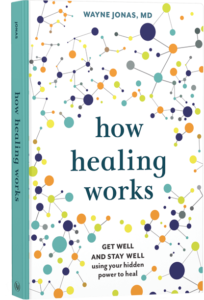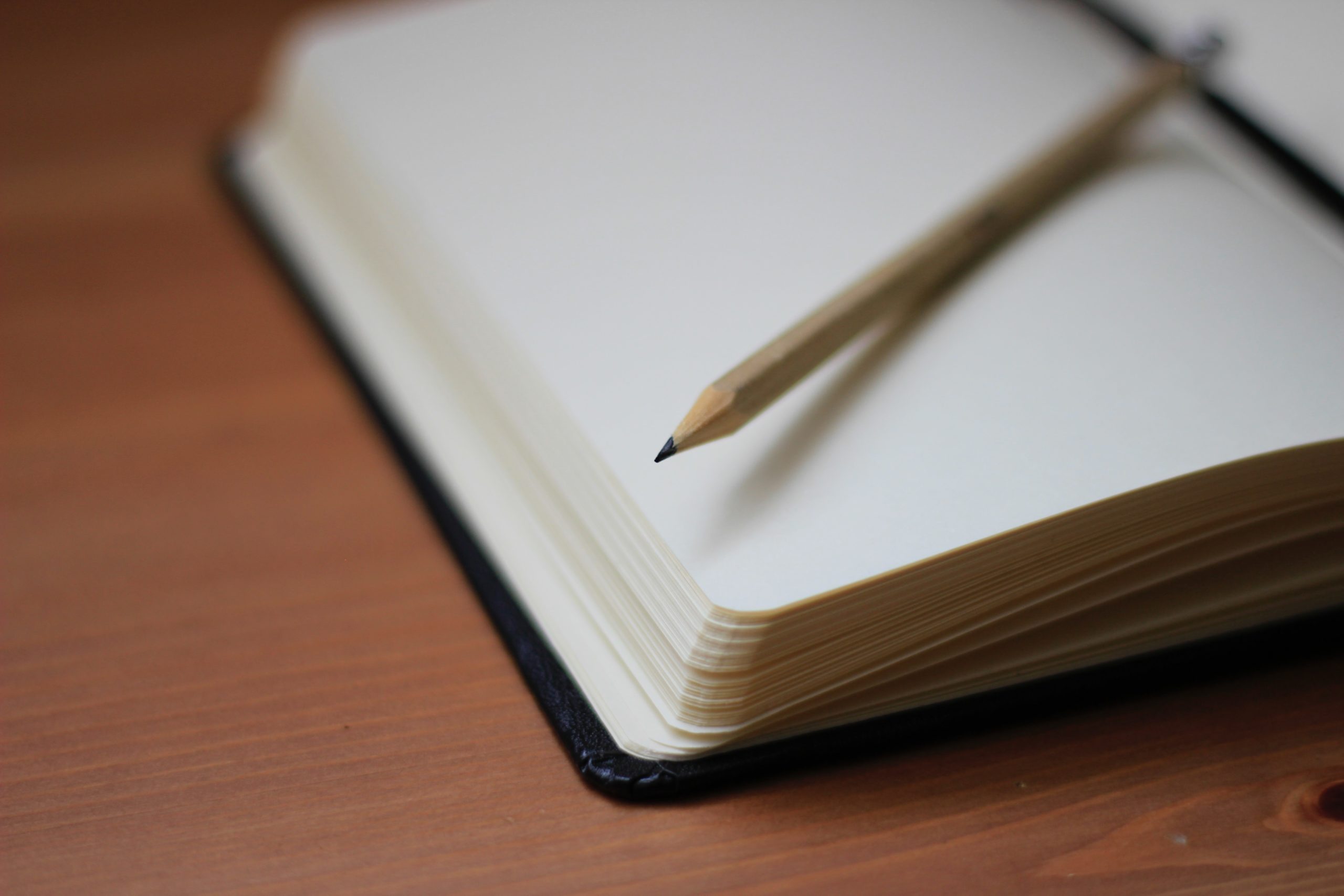Journaling is a way of going on a retreat without leaving your home. It is a way to access and acknowledge past experiences that may be causing you pain and reintegrating them into your life so they become a part of you. It helps bring order to your deepest thoughts and fears and enables you to learn from the person who knows you best: you.
Plus, you can go back and read what you’ve written to see how much progress you’ve made. Bottom line: Journaling provides a safe environment that enables you to face your traumas. When that happens, remarkable healing follows. Indeed, studies find that journaling can reduce pain, improve depression, and even lower markers of inflammation.
Journaling can also provide clues as to what makes your pain worse. For instance, one of my chronic pain patients, Mary, started keeping a journal in which she wrote down observations about what made her feel well and what did not. They didn’t have to be linked to her pain. It could be anything she saw that helped her feel better about herself—helped her feel happy and well. After two months of keeping this journal, she returned with several insights.
First, her back felt worse when she did not get enough sleep. Her normal pre-bed routine was eating a bowl of ice cream while watching the news, then reading on her iPad for 20 minutes before turning out the light. We talked about the stress that watching the news could trigger and the fact that the late-night snack could make for a less restful sleep as her body digested the food. Reading her tablet, with its “blue light,” is a known sleep deterrent.
So Mary began a sleep hygiene program that involved some calming tea before bed and five minutes of sitting quietly. When she got into bed, she read a real book before turning out the light and kept her phone and other electronics out of the bedroom. The result? Her sleep improved, leading to less pain on the days she followed this routine.
She realized other things through journaling as well. When she did her stretching and physical therapy exercises she definitely felt better. But she had been doing them sporadically. After seeing the pattern, she made them a priority first thing in the morning. She also learned something else: On the anniversary of her father’s death, she felt excruciating pain. “Maybe I haven’t truly dealt with his death,” she said to me. So she started therapy to explore that issue.
My point is that the act of writing things down—with a pen and paper, not a phone or computer—can help you see the influences of your current and past life on your chronic pain.

Depression and Pain
If your doctor, family, or friends tell you that you seem depressed, they might be right. Pain and depression often go hand in hand, with pain both a symptom and a cause of depression. That doesn’t mean the pain you feel isn’t real or that it’s “all in your head.”
In fact, headaches, body aches, and back pain are all symptoms of possible depression. So don’t let anyone minimize the pain you’re feeling. For while there’s a large emotional component to pain that the medical profession might separate out as depression or anxiety, it doesn’t matter if the pain is physical or emotional; it’s the cross-link that’s real, and it leads to real impairment. Indeed, true remission only occurs when you treat both the emotional and physical symptoms of depression. That’s why I consider it so important when I see a patient with pain to assess them as a whole person— not just focusing on their pain.
It’s the same reason I encourage patients to take up journaling as a means of tracking their pain, specifically how it responds to various treatments or activities. The idea being, any patient can employ self-care practices in an effort to manage their own pain and overall health. To add to that, as we discussed with my patient Mary, writing things down—for the purpose of tracking or working through trauma—can be helpful in managing the depression associated with pain.
Benefits of Journaling
The act of journaling can be quite therapeutic and offers a host of benefits to any number of patients experiencing different degrees of pain.
- Journaling is a self-care technique that can help you heal, grow, and thrive.
- Journaling helps bring order to your deepest thoughts and fears. It creates order out of chaos.
- Journaling acts as free therapy. It helps you have a conversation with the person who knows you best: you.
- You can go back and track your progress. Read what you’ve written and see how much progress you’ve made on your journey.
- Some find joy in knowing their words help others, so they share their healing. But whether or not you share your work is up to you.
Conclusion
Pain is the most common reason for doctor visits. And yet it is one of the most challenging medical conditions to treat, in part because it is so subjective and individualized. You and your friend might have the exact same diagnosis and yet feel the pain in completely different ways. That’s why it’s so important to remember that your pain is real and that you deserve the right treatment.
Using the practice of journaling can be a great tool in your pain management arsenal to explore and discuss with your treatment team. Any number of therapeutic writing prompts can help guide you to a place of relaxation and pain relief.
To help, we invite you to use our free Journaling Through Pain and Trauma guide filled with questions specifically designed to help do just as the title suggests—work through pain and trauma. Best of luck to you.
For all references, and for more information on pain and journaling specifically, please refer to the “Time to Journal” section of our Women and Pain: Taking Control and Finding Relief guide. As always, please consult a physician before making any changes in your health routine.

Your Health Into Your Own Hands
Drawing on 40 years of research and patient care, Dr. Wayne Jonas explains how 80 percent of healing occurs organically and how to activate the healing process.

